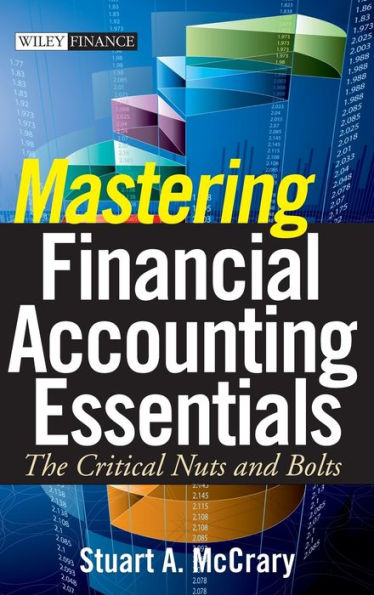5
1
9780470393321



Mastering Financial Accounting Essentials: The Critical Nuts and Bolts / Edition 1 available in Hardcover, eBook

Mastering Financial Accounting Essentials: The Critical Nuts and Bolts / Edition 1
- ISBN-10:
- 0470393327
- ISBN-13:
- 9780470393321
- Pub. Date:
- 11/02/2009
- Publisher:
- Wiley

Mastering Financial Accounting Essentials: The Critical Nuts and Bolts / Edition 1
$60.0
60.0
In Stock

Product Details
| ISBN-13: | 9780470393321 |
|---|---|
| Publisher: | Wiley |
| Publication date: | 11/02/2009 |
| Series: | Wiley Finance , #485 |
| Pages: | 176 |
| Sales rank: | 749,847 |
| Product dimensions: | 6.20(w) x 9.10(h) x 0.80(d) |
About the Author
From the B&N Reads Blog
